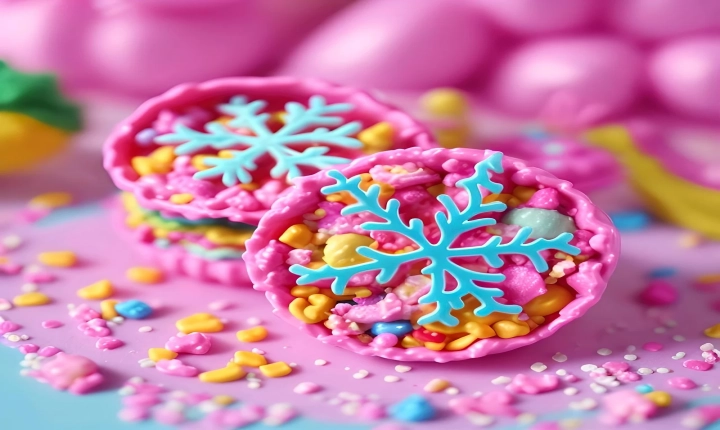Title: Can ChatGPT Do Drawings?
In recent years, artificial intelligence has made significant strides in various fields, from natural language processing to image recognition. One area of particular interest is the ability of AI to generate drawings and artwork, raising the question: Can ChatGPT do drawings?
ChatGPT, a language model developed by OpenAI, is renowned for its natural language processing capabilities. It can engage in conversation, generate text based on prompts, and assist users with a wide range of tasks. However, its ability to create drawings is not explicitly a part of its core function. Nevertheless, there have been developments in AI that have enabled similar models to produce drawings and visual content.
One such advancement is the introduction of GANs (Generative Adversarial Networks), which pair a generator network with a discriminator network to produce realistic-looking images. Using this architecture, AI models can learn to create artwork, sketches, and even replicate the style of famous artists. While ChatGPT does not use GANs directly, its potential for producing drawings can be explored through indirect methods.
Several research and experimentation projects have demonstrated how AI language models, including ChatGPT, can be used to generate rudimentary drawings. By providing the AI model with written prompts or descriptions of what to draw, it can interpret the information and produce visual representations. The results may vary in complexity and quality, but they offer a glimpse into the potential of AI-generated artwork.
In some cases, researchers and hobbyists have combined ChatGPT with additional AI tools specifically designed for image generation. By merging text-based prompts with image generation algorithms, users have been able to leverage ChatGPT’s language processing capabilities to guide the creation of drawings and graphic content. This combination of AI technologies holds promise for expanding the creative capabilities of AI models in the future.
It’s important to recognize that while AI-generated drawings show potential, they are not without limitations. The current state of AI-generated art still lags behind human creativity in terms of originality, emotion, and artistic expression. Furthermore, the quality and accuracy of AI-generated drawings can vary widely depending on the complexity of the input and the training data available to the AI model.
Despite these challenges, the ability of AI models such as ChatGPT to produce drawings represents an exciting avenue for exploration and innovation. As the field of AI continues to evolve, it is likely that we will see further advancements in the generation of visual content by language-based models like ChatGPT.
In conclusion, while ChatGPT was not initially designed for drawing, its adaptability and integration with other AI technologies have shown potential for generating visual content. Although there are limitations and challenges, the intersection of language processing and image generation in AI opens up new possibilities for creative expression and artistic exploration. As AI continues to advance, the question of whether ChatGPT can do drawings will undoubtedly lead to further research and development in the field of AI-generated art.
